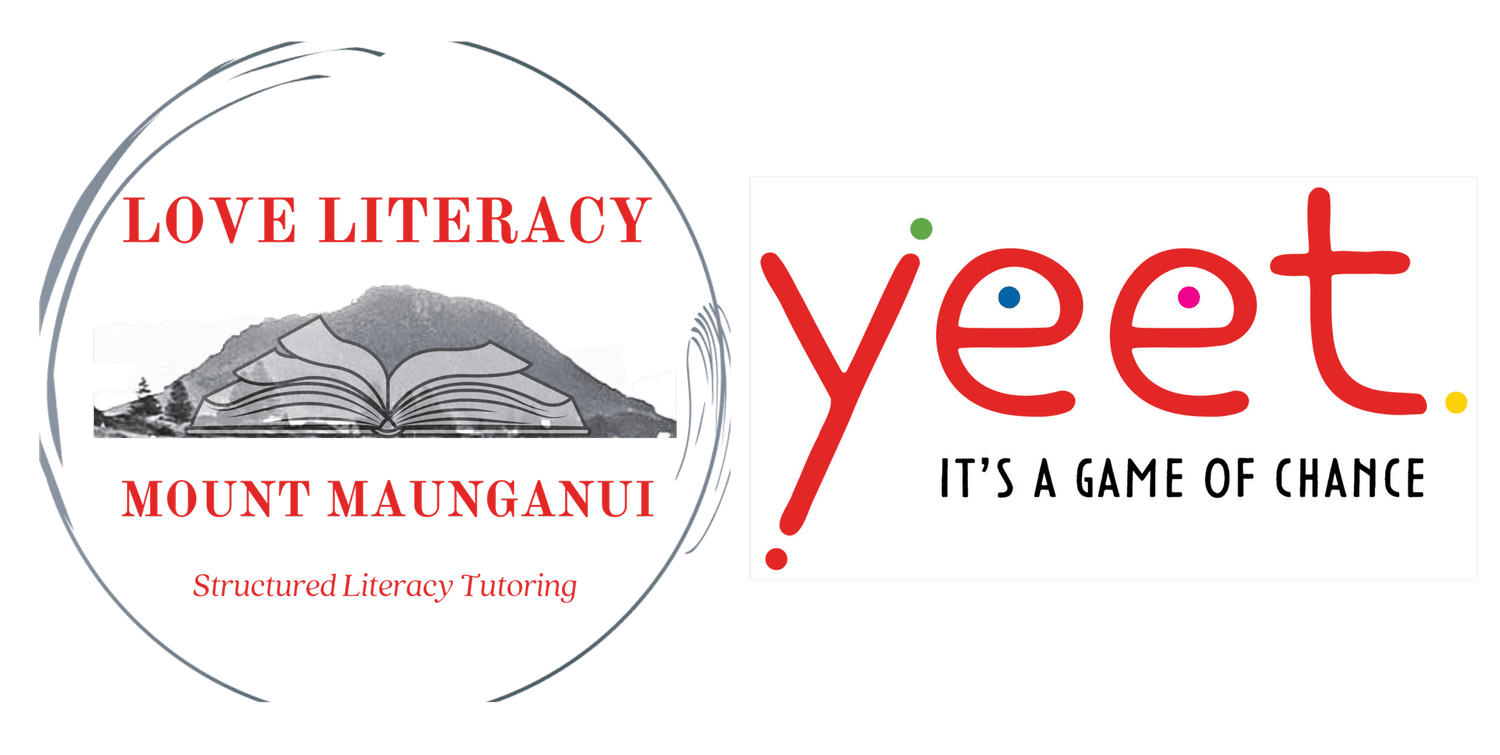End of Term 2 Snapshot – Heather Down 23 June 2026
As Term 2 draws to a close, I’ve taken time to reflect on the wonderful gains made by the learners I have the privilege of teaching. Across a wide range of ages and learning profiles; many with dyslexia, ADHD, dysgraphia, or language-based challenges; progress has been real, measurable, and personal. Here is a breakdown of what things looked like at the end of the term.
Reading Growth: Building Word Recognition and Fluency
Whilst many of my students are still reading below their expected year level, word-per-minute gains were seen in over half of my students, with many improving by 10–30 WPM since their last assessment. This assures me we are on the right track with developing reading fluency. One of the best improvements came from a student who started at just 10 WPM and now reads at 82 WPM with 98% accuracy; a testament to persistence and structured support. Accuracy gains were equally promising, with many students now reading between 95–100% accuracy, a critical benchmark for comprehension. I believe that morphological instruction and integrated knowledge-building units (e.g., the birds and sea life knowledge-based curriculum) played a key role in helping students decode and connect to texts more meaningfully. Many students are making stronger inferences and beginning to express their own opinions about what they read, showing clear gains in comprehension and engagement.
Total students assessed: 24
Reading Level Breakdown
-
Below year level: 54.2%
-
At year level: 37.5%
-
Above year level: 8.3%
WPM (Words Per Minute) Growth
-
Increased WPM: 66.7% of students
-
Remained the same: 16.7%
-
Dropped WPM: 4.2%
Context Behind the Data
It’s important to look at the why:
-
Increased WPM: Most students made measurable progress with regular tutoring, supported by home reading and structured instruction focused on phoneme–grapheme correspondences, fluency strategies, and morphology.
-
WPM remained the same:
Some students had inconsistent attendance (e.g., illness, family circumstances, extra-curricular conflicts), while others had recently increased text difficulty (moving up a level), which naturally affected fluency pacing during the assessment window. -
WPM decreased:
A small number of students have experienced a temporary dip. In some cases, this was due to increased cognitive load from harder text or a recent adjustment to ADHD medication, both of which can affect fluency while accuracy remains high. These students are still on a positive learning trajectory.
Writing Development: From Avoidance to Expression
For many of my students, writing can be a source of anxiety, but the combination of explicit sentence structure instruction, transition word work, and morphology is turning writing into something meaningful and manageable. Some of my students who used to freeze up when asked to write are now producing thoughtful, well-structured paragraphs using gist statements, paragraph frameworks, and transition words. Others have shown great breakthroughs; developing not just competence, but a love for writing, and beginning to take ownership of their ideas and voice. Across the board, students are applying what they learn in reading to their writing; a sign of transfer and deep learning.
Linking to the Simple View and the Reading/Writing Ropes
What we’re seeing in action is the Simple View of Reading and Writing:
-
-
Strong decoding + linguistic comprehension = improved reading.
-
-
-
Clear text structure + transcription skills + motivation = improved writing.
-
Our work this term has woven together the strands of the Reading Rope (phonology, orthography, vocabulary, background knowledge, language structures, and fluency) and the Writing Rope (spelling, handwriting, sentence construction, text structure, and self-regulation). Each student is building multi-strand resilience, even if at their own pace.
Beyond the Data: Real Growth
Students have gone from unsure and withdrawn to confident and expressive. Some progress isn’t always linear, but consistent support and connection matter. The impact of teaching is also seen in confidence, engagement, and independence; students are beginning to identify as capable learners, and that identity shift is the most powerful gain of all.
